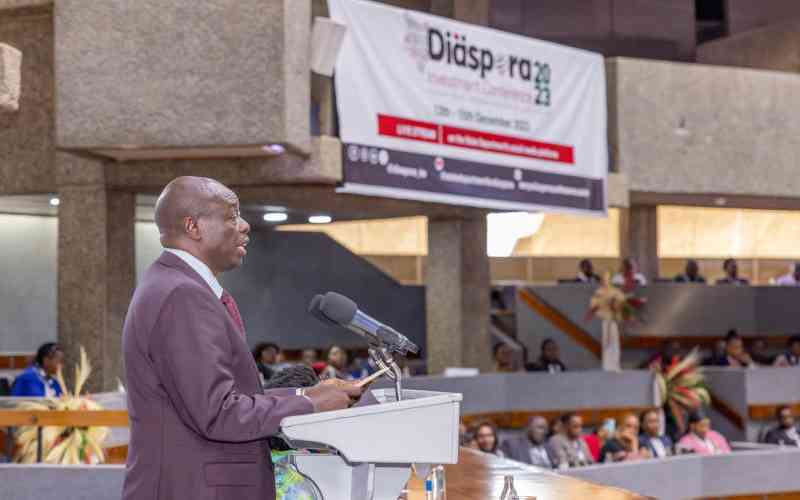Telkom Kenya
When the Government sold Telkom Kenya to the French in December 2007, the main objective was to stop the perpetual pumping of taxpayers’ money into what had evolved into an inefficient monolith. France Telecom was believed to have the solid capital resources to invest in making the company capable of competing with nimbler, modern players. But, six years down the line, none of the objectives for which Telkom Kenya was sold have been met. It is now a textbook case of privatisation gone awry.
Kenya Petroleum Refineries
Essar Energy was selected as a strategic partner to pump in money to modernise the Kenya Petroleum Refineries Ltd (KPRL). However, in 2013, it made a surprise announcement it would exit the joint venture with the Government, leaving the refinery worse than it was in 2007. Back then, when Essar acquired a 50 per cent interest in KPRL from a consortium of BP, Shell and Chevron, there was renewed hope. Essar promised to pump in millions of dollars to modernise the facility, but the promised investments proved to be a mirage. Further, Parliament’s Energy Committee accused KPRL’s top bosses of fleecing the taxpayer of an annual management fee of $2.2 million (Sh202.5 million at current exchange rates) paid out to Essar for training and process audits at the refinery.
Pan African Paper Mills
At its peak, Pan African Paper Mills was the largest pulp and paper maker in the region. Pan Paper’s woes started mounting in the early 2000s when its operating profits were not enough to cover even the interest on its loans. In January 2009, Pan Paper had no option but to close its doors when managers from Birla Group — which had a 54.4 per cent stake — abandoned the factory over debts. The Government held a 42 per cent stake while the World Bank’s International Finance Corporation held 3.6 per cent.
Industrialisation Cabinet Secretary Adan Mohammed has said the Government is looking to revive Pan Paper under its Vision 2030 plan. Although the Government says it will protect the company by ensuring easier acquisition of logs, which are used to make paper, industries in this sector have moved on from wood. Alternative raw materials like bargasse — a by-product of sugar refining — wheat and rice straw are now important sources for manufacturers.
Kenya Meat Commission
KMC reopened in 2006 after a 15-year shutdown, with the Government injecting billions of shillings into the plant, for various payments including loans. But despite this, KMC has continuously posted disappointing financial results, blamed on cronyism and embezzlement.
It posted its first profit of Sh51 million in 2012 after a series of massive losses, despite growing demand for Kenyan meat products in the Middle East, Asia and Africa. The Government is now in plans to replace the KMC factory with a state-of-the-art plant, saying this would be cheaper than upgrading the existing facility. The process, however, has been dogged by tussles over the tendering process.
 The Standard Group Plc is a
multi-media organization with investments in media platforms spanning newspaper
print operations, television, radio broadcasting, digital and online services. The
Standard Group is recognized as a leading multi-media house in Kenya with a key
influence in matters of national and international interest.
The Standard Group Plc is a
multi-media organization with investments in media platforms spanning newspaper
print operations, television, radio broadcasting, digital and online services. The
Standard Group is recognized as a leading multi-media house in Kenya with a key
influence in matters of national and international interest.
 The Standard Group Plc is a
multi-media organization with investments in media platforms spanning newspaper
print operations, television, radio broadcasting, digital and online services. The
Standard Group is recognized as a leading multi-media house in Kenya with a key
influence in matters of national and international interest.
The Standard Group Plc is a
multi-media organization with investments in media platforms spanning newspaper
print operations, television, radio broadcasting, digital and online services. The
Standard Group is recognized as a leading multi-media house in Kenya with a key
influence in matters of national and international interest.



